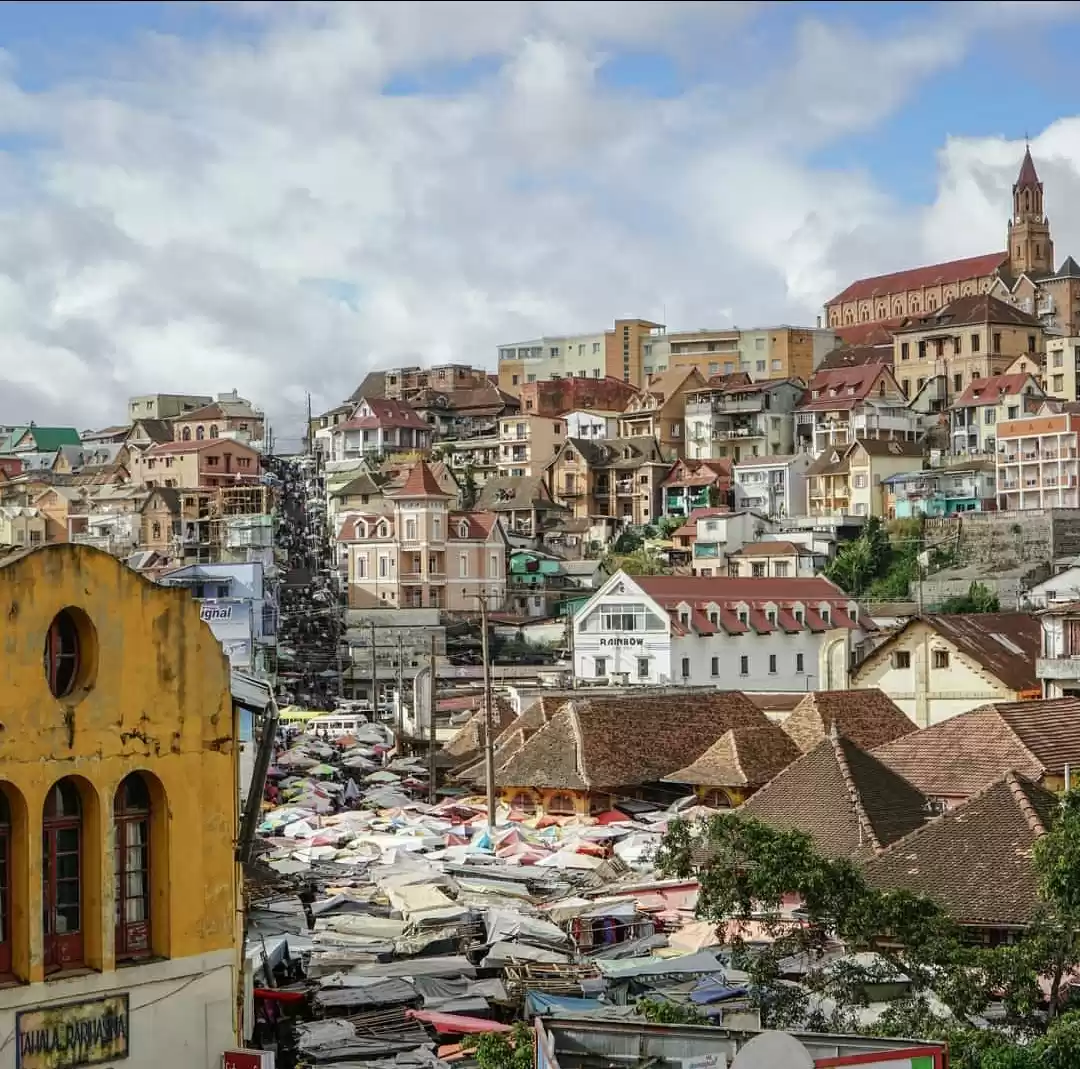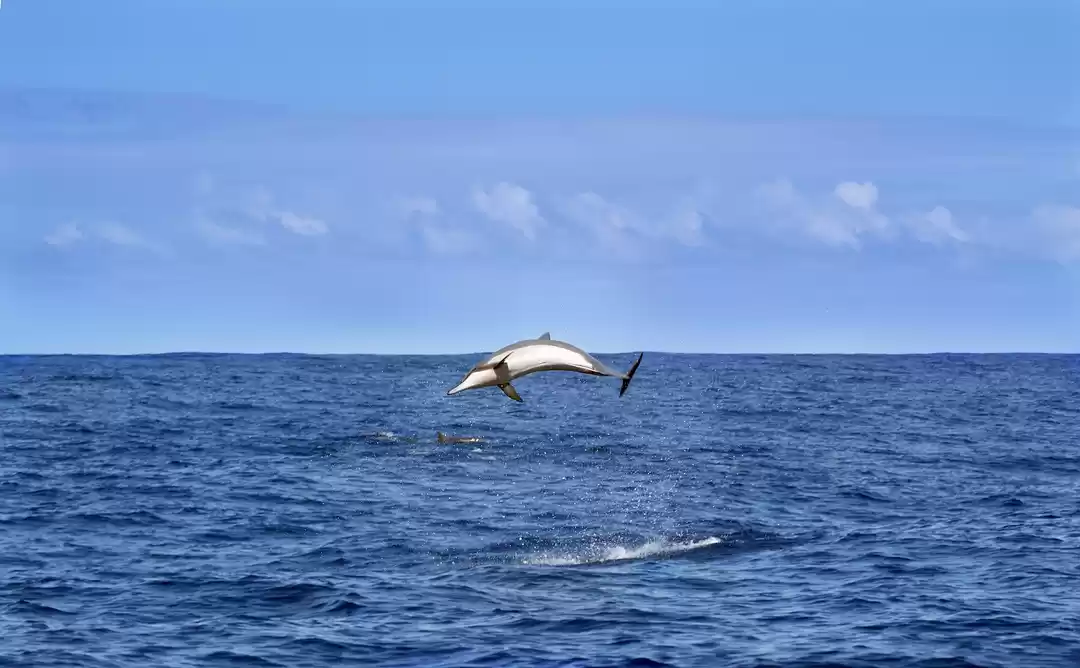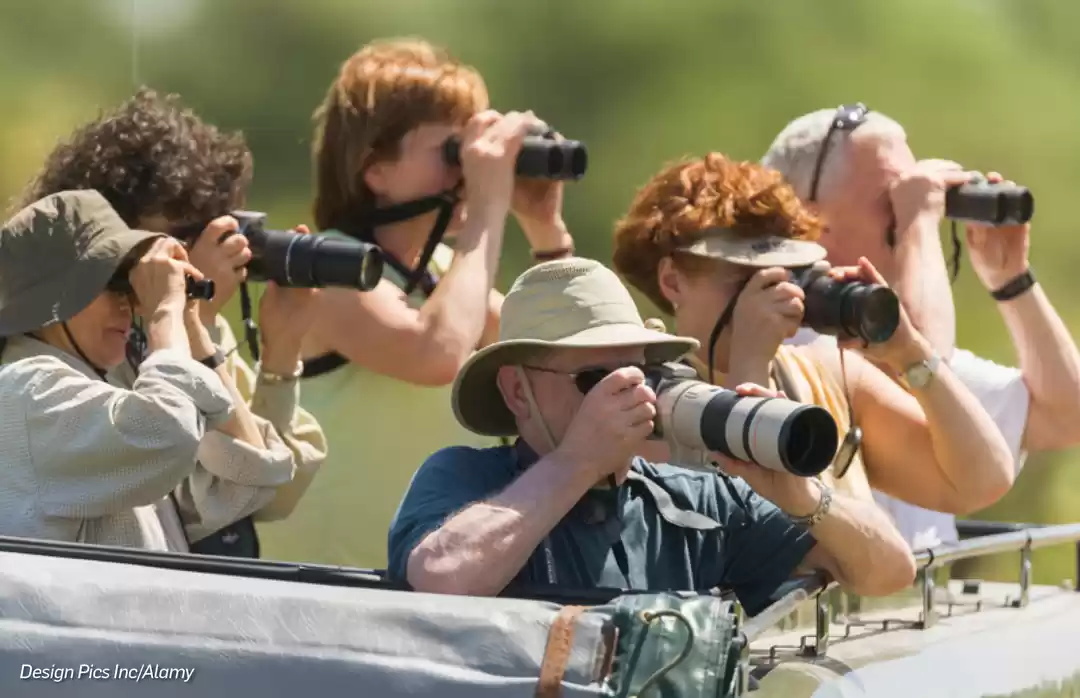
Tucked in the Indian Ocean, Madagascar is home to indigenous tribes, strange animals, curious plants, diverse landscapes and 5,000km of postcard coastline. It is world's fourth largest island and five percent of the world's plant and animal species prosper here. Despite its many wonders and close proximity to India, it sees few travellers. But, those who do sail to these shores leave with an experience they hold close to their hearts for the rest of their lives.
Why travel to Madagascar
What do you call a paradise within a paradise? Ile Sainte Marie. The island of Sainte Marie, located 8 kilometres off the eastern coast of Madagascar, is your tropical dreams come alive. Crystal clear waters, powdery white beaches, timeless villages and a relaxed way of life. Here you can spot migratory humpback whales from June to September; visit world's only pirate cemetery - Baie de Forbans; don the mask and jump into the turquoise waters teeming with shellfish, sponges, grey shark, rays, barracudas and shipwreck; and hire a bicycle to explore the island and find your own deserted beach.
The artistry of wind and weather sculpted an immovable limestone jungle. For 600 square miles, the limestone rises into pointed peaks and then suddenly drops into deep canyons. Here is how UNESCO describes this World Heritage Site, "Tsingy de Bemaraha Strict Nature Reserve comprises karstic landscapes and limestone uplands cut into impressive 'tsingy' peaks and a 'forest' of limestone needles, the spectacular canyon of the Manambolo river, rolling hills and high peaks." The 'forest' is frequented by peculiar animals like Decken's sifaka, red-fronted brown lemur, falanouc, Madagascar fish eagle, crested ibis and the Antsingy leaf chameleon. Hike different trails or take a canoe ride through the gorges to witness the reserve's unreal beauty.
Imagine a dirt road flanked by weird looking trees on a foreign planet. Now, imagine a chance to drive on this road without having to leave our own planet. The Avenue of the Baobabs is a patch of a dirt road lined with 800-years-old Baobab trees. These 100-feet high trees were once part of a dense forest. The clearing of the forest for agriculture gave birth to this iconic road. Arab sailors in the 10th century believed these trees were work of the devil. Cherish this twisted creation of nature.
Masoala National Park, Madagascar’s largest national park, is an amalgamation of 2,300 square kilometres of lush rainforest and 100 square kilometres of coral reef. 19 different lemur species can be found in the park including the extremely endangered and stunning red-ruffed lemurs. Half of Madagascar's flora and fauna is found here such as aye-aye, serpent eagle, leaf-tailed geckos, tomato frogs, Madagascar red owls and Brookesia chameleons. Humpback whales can also be spotted from June to September. Well marked trails make it easy to explore the park and spot the wildlife. Kayaking in the blue waters of the Indian Ocean is an unmissable experience. Dive or snorkel in the crystal clear waters to experience the colourful underwater life.
Ifaty is the remedy to all your life worries. Here the clocks stop ticking and emails don't get delivered. Put your feet in the laid-back beach sand and unwind over local rum. Watch the traditional pirogue fishing boats head into the ocean while you dine on fresh seafood at a beach restaurant. If you insist on breaking the slow pace of life then snorkel or dive in the waters to witness a wide array of marine life including sharks.
Visa
Indian citizens require a tourist visa to visit Madagascar. The tourist visa is usually issued within 72 hours. For more information check Madagascar Embassy visa page.
When to go
With an average temperature of 22 Celsius and little to no rainfall, April to October is the best time to visit Madagascar.
Getting there
By air: Round-trip flights from Mumbai to Ivato International Airport in Antananarivo, Madagascar cost about ₹37,000.
Getting around
You can rent a car with or without a driver to get around Madagascar. Budget travellers can use taxis brousse, shared taxis or minibuses that run throughout the island. They are cheap but incredibly slow and erratic. There are flights servicing different parts of the island and they cost on an average $200 one way. There are two train lines in Madagascar - Madarail between Moramanga and Tamatave and Fianar–Côte Est railway between Fianarantsoa and Manakara.
Costs
Average daily cost of travelling in Madagascar is approximately ₹6,500 per person per day including accommodation, meals, entrance tickets and transportation.
Accommodation
Antananarivo: Le Grand Mellis Hôtel & Spa (₹3,906 double), Hotel Le Relais Normand (₹1,435 double). For more, check here.
Ifaty: Princesse du Lagon (₹3,587 double), Le Jardin de L'isle (₹1,196 double). For more, check here.
Have you travelled to Madagascar or visited any other little-known Indian Ocean islands? Write your own travelogue and share it with millions of other travellers. And subscribe to Tripoto Youtube Channel for stunning videos.






















